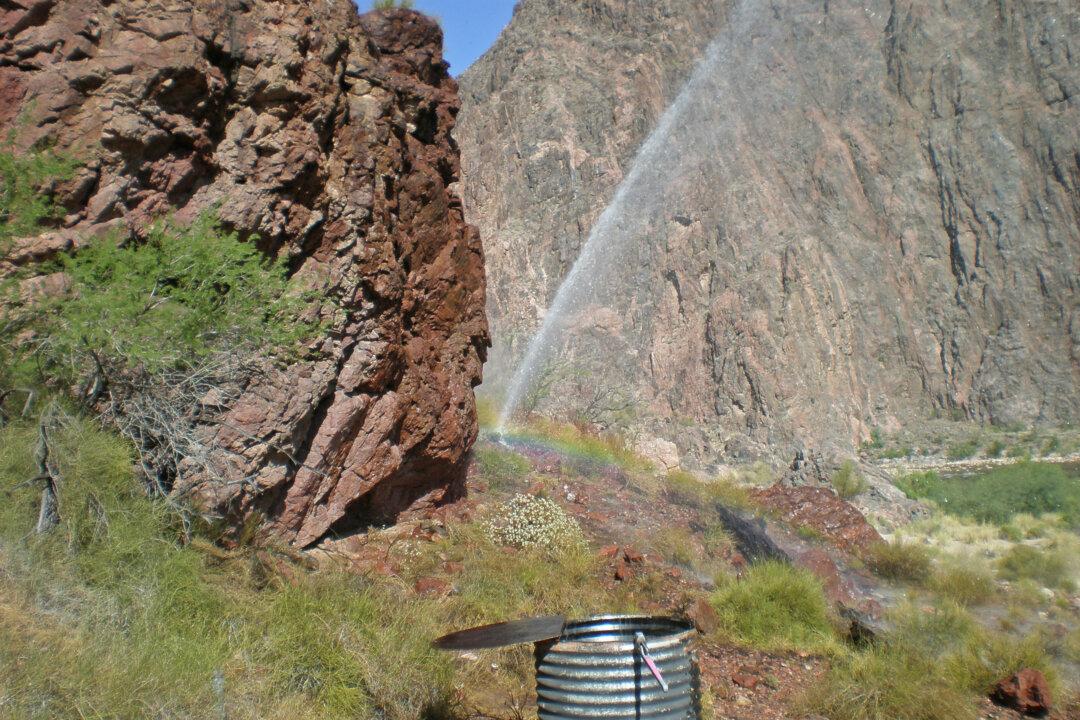On the campaign trail, Donald Trump promised energy dominance for the United States. Less than two years after he took office, the country is starting to see the results.
Hilcorp Alaska LLC was given conditional approval for its Liberty Project oil and gas development plan by the Interior Department’s Bureau of Ocean Energy Management on Oct. 24. If the company develops the project, it will be the first oil and gas production facility in federal waters off Alaska.





